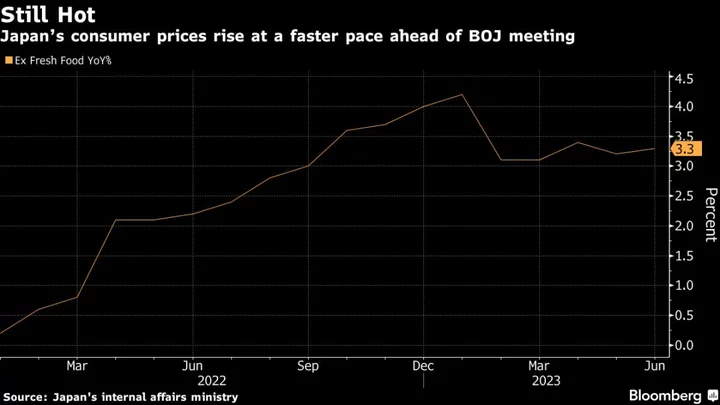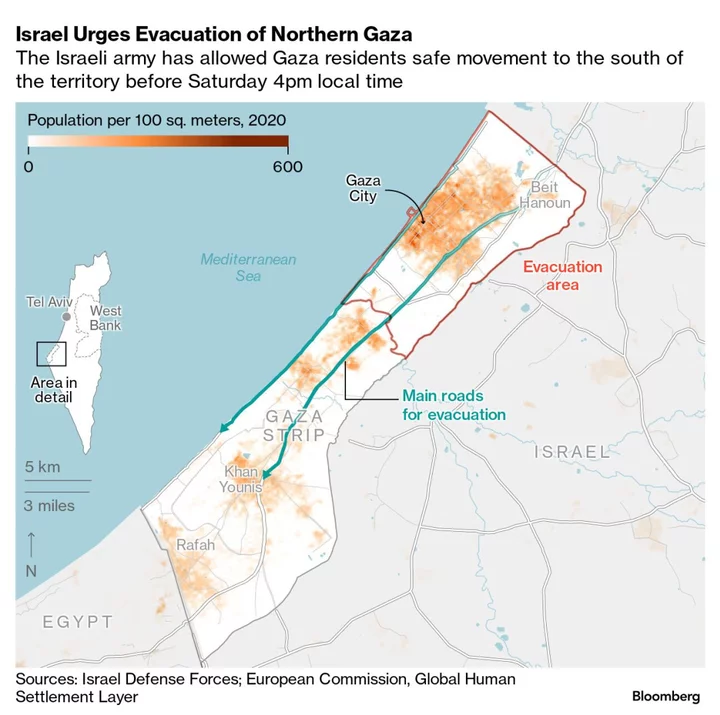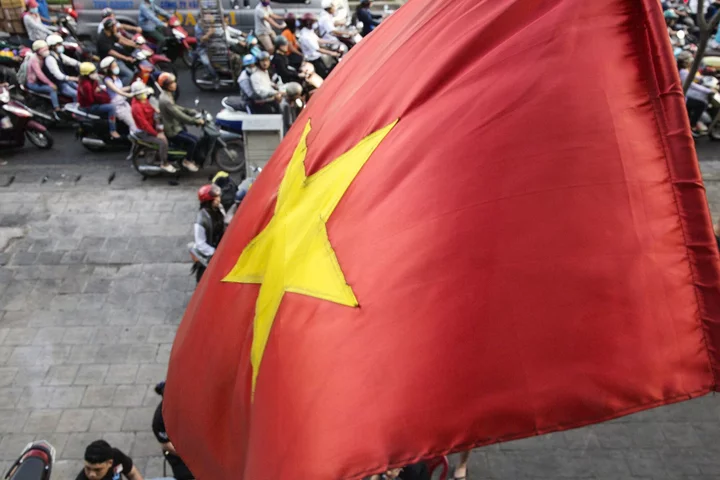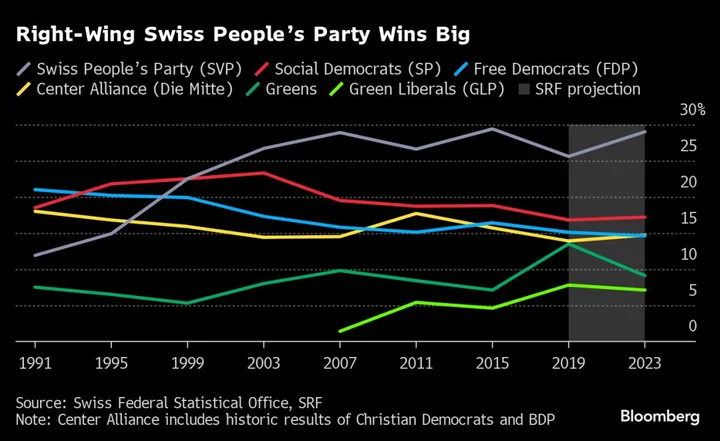Japan’s consumer prices advanced at a faster clip in June in another indication of lingering stickiness in inflation ahead of next week’s Bank of Japan meeting, although economists forecast a slowdown in coming months.
Prices excluding those for fresh food gained 3.3% from a year ago, accelerating a tad from the rise in May as energy prices were less of a drag on inflation, the internal affairs ministry reported Friday. A deeper measure of the inflation trend that also excludes energy decelerated to 4.2% after reaching the highest in more than 40 years in the previous month. Both figures matched consensus.
The data may complicate BOJ Governor Kazuo Ueda’s position as he continues to back the case for persistent monetary stimulus. The central bank is expected to hold its main policy settings steady when board members meet July 27-28, although a minority of analysts see the BOJ tweaking its yield curve control program.
“The current strong reading of CPI doesn’t mean the BOJ will make major policy changes,” said Masamichi Adachi, economist at UBS Securities. “It’s pretty clear that inflation will slow from here as import-driven price gains taper off,” he said, adding that he nevertheless still believes the central bank may tweak its YCC mechanism next week.
The bank is seen raising its consumer inflation forecast for the current fiscal year to 2.3% at next week’s meeting, from the current 1.8%, according to a Bloomberg News survey of economists. Ueda has justified retaining an ultra-easy monetary stance on the premise that the recent pace of price gains isn’t sustainable.
The government raised its overall inflation forecast for this fiscal year to 2.6% on Thursday.
The nationwide CPI gauge came after the reading for the Tokyo area showed a re-acceleration of price momentum due in part to utility rate hikes after the government gave power operators approval to raise rates from June.
What Bloomberg Economics Says...
“The Tokyo CPI report for July will be released next Friday, hours before the Bank of Japan’s meeting. We expect that to show inflation pulling back further.”
— Taro Kimura, economist
For the full report, click here.
At the same time, a series of government price relief measures has been one of the key factors keeping a lid on the inflation trend. Whether to extend the electricity and gas subsidies, set to expire in September, has been a contentious issue among government officials recently. Some members of an advisory panel recommended Thursday that the government gradually eliminate the price relief package.
There are signs upward pressure on prices may be easing in some parts of the economy. The pace of gains in the nation’s producer prices decelerated in June to 4.1% from a year earlier, the slowest since April, 2021.
The core core gauge, which excludes fresh food and energy, decelerated for the first time since it turned positive in April 2022.
“The core core CPI slowed for the first time in a while, showing that the momentum of businesses passing on their costs to consumers is starting to peak out,” said Takeshi Minami, chief economist at Norinchukin Research Institute. “The pace of deceleration is still unclear but we are likely to see a clear slowdown around this fall.”
Japan posted its first trade surplus in almost two years last month largely due to a drop in the value of energy imports as prices fell. That helped offset the upward pressure on import costs from a falling yen, which traded 6.8% weaker in June compared with a year earlier, according to Ministry of Finance calculations.
Still, Japan’s consumer inflation is looking relatively persistent in a global context. The US inflation rate slid to a more than two-year low in June, while Britain’s inflation rate slowed in the same month to the lowest in 15 months. Europe’s headline inflation rate has almost halved from its 10.6% peak, and China faces the risk of deflation as its economic recovery sputters.
Meanwhile, prices of processed food continued to rise at the fastest clip in nearly 50 years, at 9.2%.
A Teikoku Databank report said rises in food prices may level off around October, as consumers become more wary of higher costs for necessities. The data firm estimates that the prices for about 1,000 food items, particularly alcohol, won’t go any higher this year, signaling that cost-driven inflation may be peaking.
--With assistance from Toru Fujioka.
(Updates with economist’s comments, further details.)









